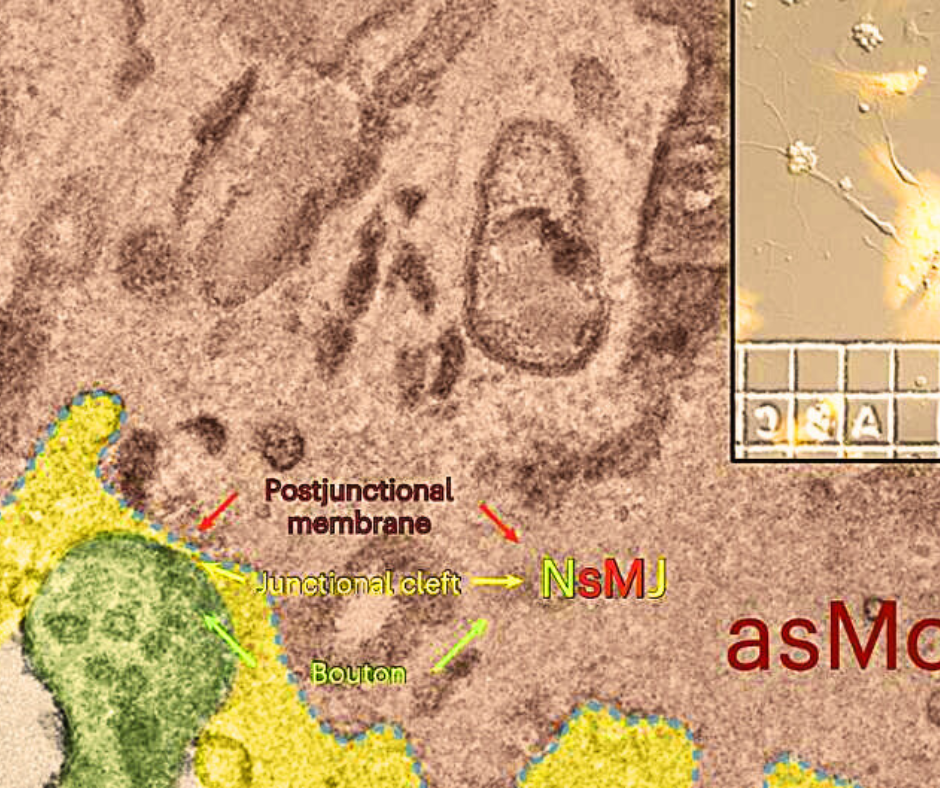In a groundbreaking revelation, researchers from Westlake University and the Westlake Institute for Advanced Study, along with other Chinese institutes, have uncovered a synaptic-like transmission mechanism driving neurovascular coupling (NVC). This intricate connection between neuronal activity and cerebral blood flow is vital for various physiological processes in the mammalian brain. Disruptions in neurovascular coupling have been associated with neuro-pathologies and neurodegenerative diseases, including Alzheimer’s and strokes. Published in Nature Neuroscience, the study sheds light on the role of neural-arteriolar smooth muscle cell junctions (NsMJs) in facilitating this crucial connection.
The Study’s Core Findings:
The research team, led by Dongdong Zhang and Jiayu Ruan, employed cutting-edge techniques such as correlative light electron microscopy and optogenetics to unravel the mysteries of neurovascular coupling. By utilizing two-photon focal optogenetics in the mouse cerebral cortex, they identified a synaptic-like transmission mechanism between glutamatergic axons and innervating arterioles. This mechanism, occurring at neural-arteriolar smooth muscle cell junctions, plays a pivotal role in dilating arterioles, influencing cerebral blood flow.
Key Insights:
The study delves into the structure of NsMJ and identifies neurotransmitter receptors expressed by smooth muscle cells of arterioles. It highlights the presence of functional NMDA receptors in these cells, emphasizing their role in modulating glutamate, a neurotransmitter crucial for synaptic plasticity. The researchers discovered that disrupting NsMJ transmission by manipulating GluN1 subunits in arteriolar smooth muscle cells had significant implications. This manipulation not only diminished vasoconstriction but also facilitated recovery after ischemic strokes in mice.
Implications and Future Directions:
The findings of this study open new avenues for understanding the intricate dynamics of neurovascular coupling. The identified transmission mechanism’s crucial role in NVC suggests potential applications in stroke research and treatment development. The genetic manipulation of NMDA receptors holds promise in preventing damage caused by ischemic strokes and promoting the recovery of affected individuals. As researchers delve deeper, this study paves the way for further investigations into the broader implications of the transmission between neural axons and smooth muscle cells in neurovascular coupling.




